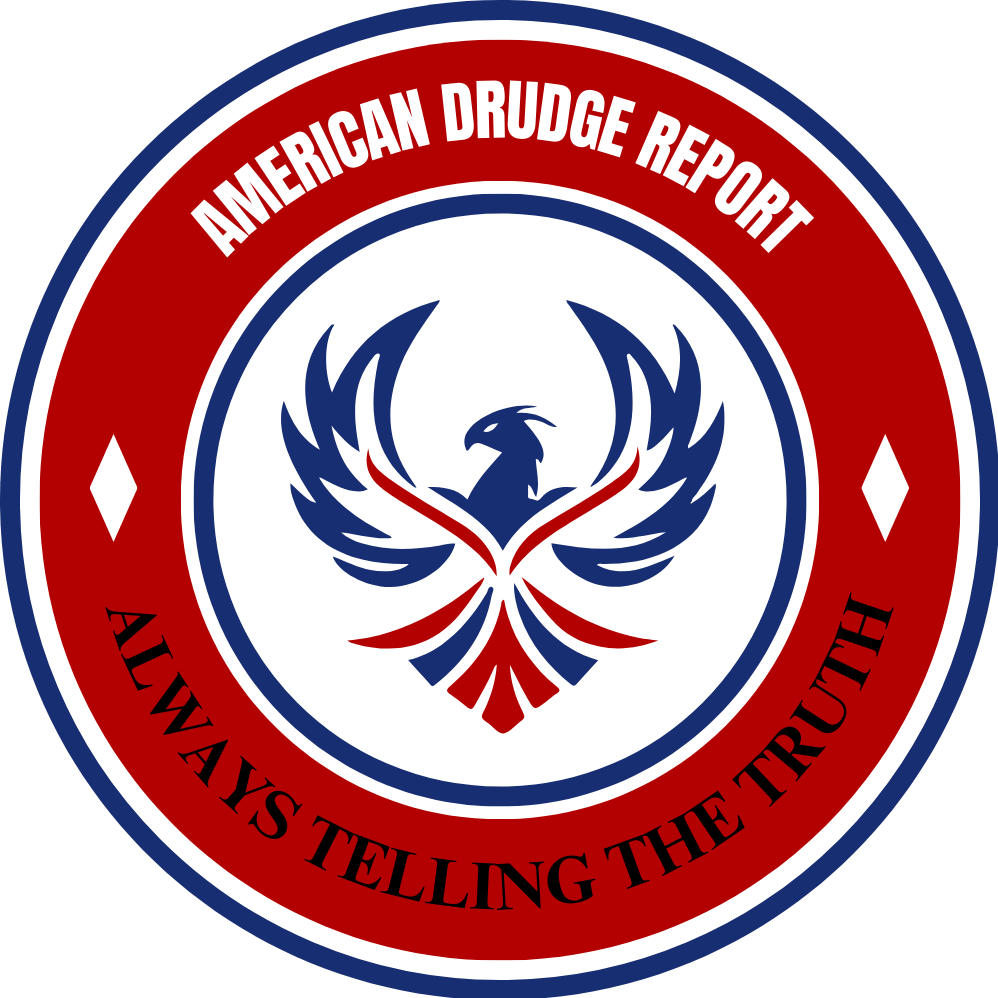President Donald Trump announced a significant executive order aimed at lowering prescription drug prices for Americans. This move, made on Monday morning, is designed to bring fairness to drug pricing and eliminate intermediaries, allowing citizens to pay prices similar to those in other developed countries.
During the signing, Trump emphasized that the United States would stop subsidizing drug prices for other nations. He stated, “Starting today, the United States will no longer subsidize the drug prices of other countries.” The president introduced a policy called “Most Favored Nation,” which he claims will ensure that Americans pay the lowest prices available globally, rather than the inflated costs they currently face.
Health and Human Services Secretary Robert F. Kennedy Jr., who joined Trump at the press conference, indicated that other countries, especially those in the European Union, should contribute more to research and development costs. He suggested that increasing their prices by just 20% could significantly lower costs in the U.S.
On social media, Trump had hinted at the order the night before, suggesting it could reduce prices by as much as 80%. He referred to the executive order as one of the most important in the country’s history.
This initiative follows a previous regulation introduced during Trump’s first term that aimed to align prices for certain cancer drugs with those abroad. However, the Biden administration later abandoned this regulation after a court ruling.
White House Press Secretary Karoline Leavitt highlighted the significance of the order, stating that while past presidents have discussed the issue, Trump is taking decisive action to solve it. She emphasized that the executive order would help bypass costly middlemen and align American drug prices with those paid in other nations.
Calley Means, a White House Health Policy Adviser, also supported the order, arguing that the U.S. produces a disproportionate amount of pharmaceutical profits compared to its population size. He criticized the current pricing system, saying it reflects corporate capture rather than a free market.
The executive order is part of a broader effort by Trump to reduce regulatory hurdles for domestic pharmaceutical production. Another directive signed earlier this month aims to streamline the process for building new drug manufacturing facilities in the U.S., which can take years to complete due to various regulations. This initiative seeks to enhance national security by ensuring quicker production capabilities for critical medicines.
Overall, this executive order represents a bold step by the Trump administration to tackle high drug prices and reshape the pharmaceutical landscape in the United States.

